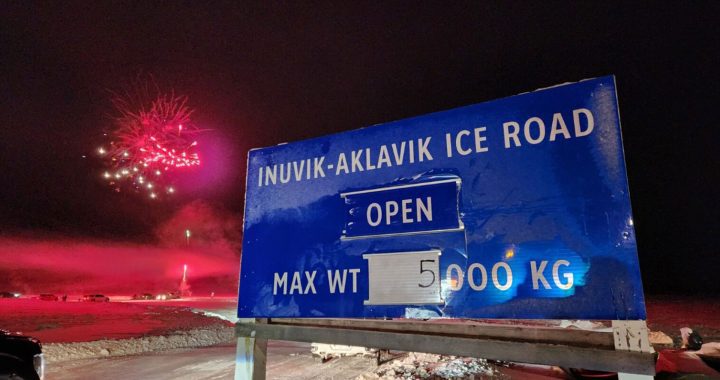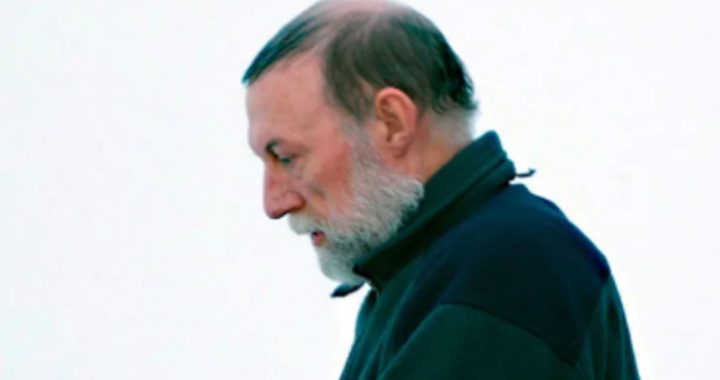The sub-arctic in Canada and the Australian outback desert differ greatly, but the Indigenous people who inhabit these spaces share the same core values – respecting the land.
On Monday Feb. 4, the Australian Rangers visited Yellowknife, NWT and shared pointers on how to establish and maintain Indigenous protected areas.
Australian Ranger Denis Rose, a senior Gunditjmara man who’s fought for Indigenous land rights and management since the 1990s, met with Indigenous Guardians from the NWT.
The land where Rose comes from includes wetlands, forests and Budj Bim, a long dormant volcano which is central to a landscape of channels and weirs where his people harvest eels.
“We see that with the state governments for example who initially 20 years ago were fairly reluctant to support the IPA (Indigenous Protected Areas) program, but we have seen a great turn around with that,” Rose said.
Canada has committed to protecting at least 17 per cent of terrestrial areas and inland water, and 10 per cent of marine and coastal areas of Canada are conserved by 2020.
While the NWT has developed more Indigenous conservation programs in the last few years, Canada as a whole sit at 11 per cent.
Canada currently sits 125 in the world for protecting these areas according to IndexMundi, a website that keeps statistics of countries around the world.
Australia hit its 17 per cent target in 2014.
Rose said that as Canada negotiates with government and industry to meet that quota, there will be great environmental, social and economic gains.
“I think the fundamental responsibilities of these programs is about giving Indigenous people authority and power to make their own decisions on land management and cooperation’s with the relevant nature conversation agencies,” said Rose.
NWT Indigenous Guardians from the Shatu and Deh Cho region and the community of Łutselkʼe, shared with the Australian Rangers what they have already done to connect youth to land stewardship.
David Ross, an longtime Indigenous champion of land rights is of Arrernte-Kaytetye descent.
Ross worked with the NWT Guardians highlighting the success of partnering youth and Elders on the land.
“There are elders who are part of our program, who make sure the young people are doing what they need to be doing,” said Ross. “Giving them permission to be in certain parts of the country.
“What they can and can’t do on that country.”
Ross repeated the a popular phrase from his home country “there is no point in having land rights if you can’t enjoy them.”
“You win the land back but other people want to enjoy their land rights after they have fought long hard struggles to win their land. By being out learning how to manage that country from a non-Aboriginal point of view and an Aboriginal point of view,” he said.
In 2018 the Canada Nature Fund announced the federal government would dedicate $175 million toward meeting the 17 per cent IPA goal.
The funding and recognition of Indigenous stewardship led to conservation gains in the Deh Cho region with the establishment of the Edéhzhíe Dehcho Protected Area – National Wildlife Area, a stretch of 14,249 square kilometres of boreal forest and clean waters west of Yellowknife.
The Australian Rangers will meet with Indigenous Guardians and government officials in Ottawa and Victoria to continue sharing their experiences.











very deadly to see international gatherings by our peoples for the protection of country and culture
very deadly to see international gatherings by our peoples for the protection of country and culture